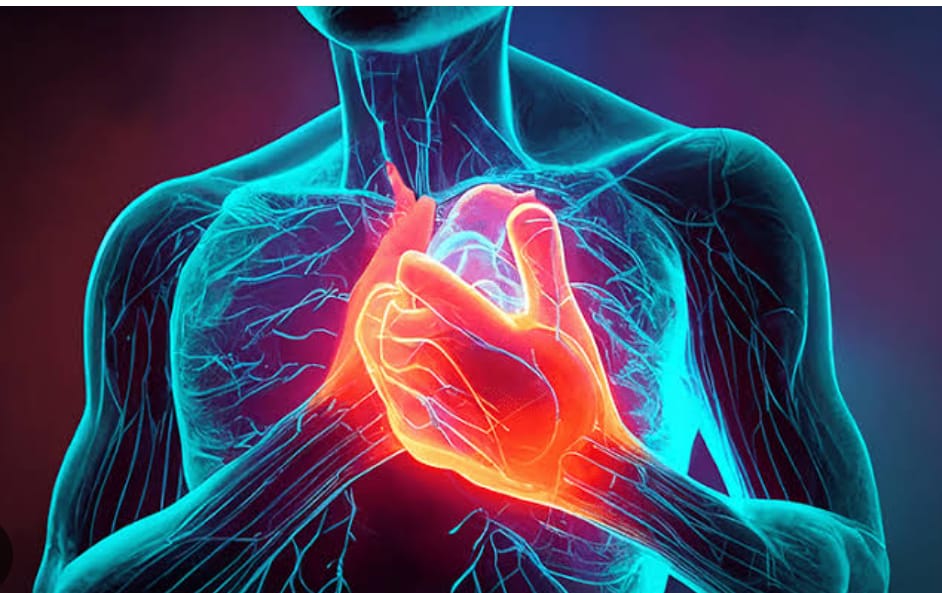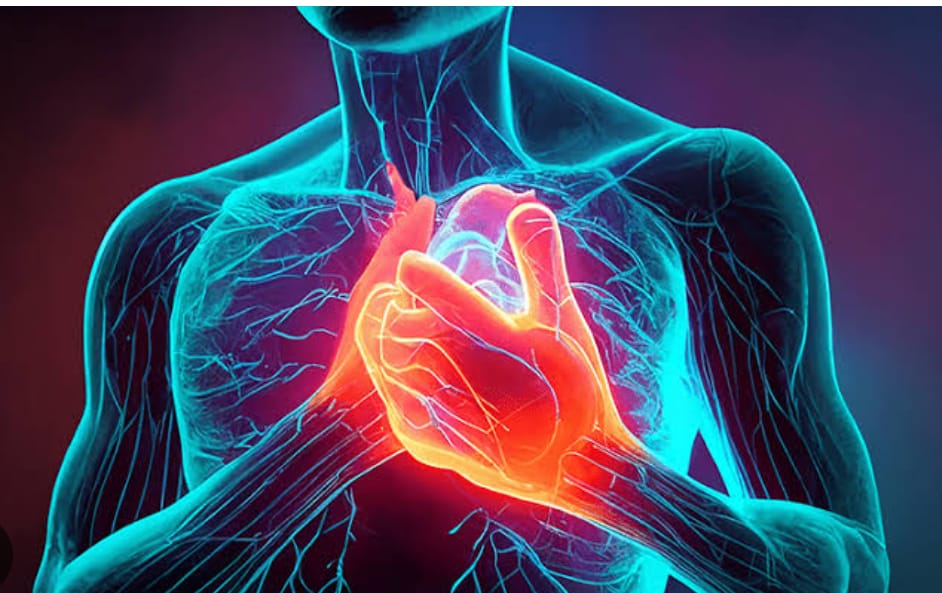Journalist Sandeep Dhand Ludhiana
6 February 2024
Silent heart attacks, stealthy in their approach, often catch individuals unaware, causing damage that may go unnoticed for weeks or months. Recognizing the signs and understanding the risk factors is crucial for early intervention and prevention.
Unseen Culprit: Silent Heart Attacks Explained
A silent heart attack, clinically known as myocardial infarction, occurs with little to no symptoms, making it challenging to identify. Typically triggered by a blood clot or coronary artery spasm, these attacks can strike during various situations, including periods of stress, sudden physical exertion, or exposure to cold weather.
Silent but Pervasive: Who’s at Risk?
Surprisingly, silent heart attacks may be more prevalent in women. Estimates suggest that nearly 50% to 80% of all heart attacks fall into the silent category, emphasizing the importance of understanding their occurrence and impact.
The Covert Symptoms: Flu-like Disguise
Identifying a silent heart attack proves tricky as symptoms often mimic less severe conditions. Individuals might mistake the signs for the flu, attributing fatigue, sore muscles, or jaw and back aches to less ominous causes. Recognizing these subtle indicators is crucial for seeking timely medical attention.

The Telltale Signs: Traditional vs. Silent Heart Attack Symptoms
Distinguishing between a silent and a traditional heart attack is challenging due to the atypical symptoms associated with the former. While a classic heart attack exhibits chest pain, shortness of breath, and discomfort in the upper body, a silent one may manifest as flu-like symptoms, making it harder to recognize.
Risk Factors: Unraveling the Web
Several risk factors contribute to the likelihood of experiencing a silent heart attack. Lifestyle choices, such as lack of exercise, high cholesterol, and smoking, play a significant role. Additionally, genetic predispositions, age, and certain health conditions, including obesity and high blood pressure, heighten the risk.
Diagnosis: Decoding the Silent Intruder
Diagnosing a silent heart attack often occurs retrospectively, weeks or months after the event. Healthcare providers employ various tests, including physical exams, blood tests, electrocardiograms, and imaging techniques like CT scans and MRIs, to unveil the stealthy culprit.
Emergency Response: Acting Swiftly
Identifying a silent heart attack is a race against time. Even in the absence of obvious symptoms, immediate action is crucial. Calling 911, taking aspirin if advised, and receiving prompt medical attention can significantly impact the outcome.
Treatment: Navigating the Aftermath
Once diagnosed, the treatment plan involves monitoring, oxygen administration, and medications to alleviate pain and prevent blood clot formation. Procedures like coronary angioplasty or bypass grafts may be necessary to restore blood flow.
Post-Attack Care: Long-Term Strategies
Managing life after a silent heart attack requires ongoing commitment. Adhering to prescribed medications, lifestyle modifications, and regular checkups are imperative. Support groups can offer valuable emotional assistance during the recovery phase.

Prevention: Shielding Against the Silent Menace
Taking proactive steps to reduce the risk of a silent heart attack is paramount. Regular exercise, maintaining a healthy weight, and adopting a heart-friendly diet contribute to overall cardiovascular health. Managing conditions like high blood pressure and diabetes further fortify the defense against future attacks.
Outlook: Navigating the Recovery Journey
While experiences post-silent heart attack vary, most individuals can resume regular activities gradually. Staying vigilant about potential complications, embracing lifestyle changes, and following medical advice are key components of a successful recovery.
Closing Thoughts
Silent heart attacks may operate under the radar, but understanding their nuances is essential for early detection and prevention. Recognizing the subtle symptoms, knowing the risk factors, and taking proactive measures can empower individuals to safeguard their heart health. Regular checkups and a vigilant approach to well-being contribute significantly to a heart-healthy life.
Stay informed, stay vigilant, and prioritize your heart health – it’s a silent guardian worth protecting.